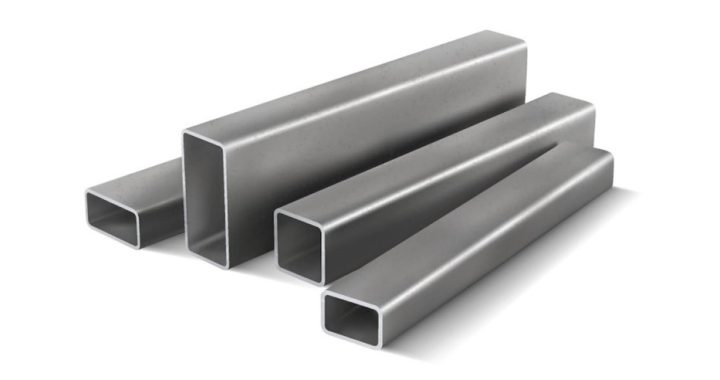Decoding Material Choices between C-Channel and Rectangular Hollow Section
In the dynamic world of construction, selecting the right materials is crucial for the success of any project. Among the choices available, two popular options are often considered for their structural integrity and versatility: C channels and Rectangular Hollow Sections (RHS). In this blog post, Ezimetal dive into the characteristics, advantages and disadvantages of these steel profiles, helping you make an informed decision based on your project’s unique requirements.
What are C Channels and RHS?
C channels and Rectangular Hollow Sections (RHS) are structural steel profiles widely used in construction projects. C channel steel, shaped like the letter ‘C,’ offers a unique configuration with two flanges connected by a web. On the other hand, RHS steel features a rectangular cross section, providing a more enclosed shape compared to the open design of C channels. These steel profiles come in various dimensions, catering to diverse construction needs.
Advantages of C Channel Steel
C channels are renowned for their versatility, making them suitable for a wide range of applications. Their open design allows for easy installation of pipes, cables and other components, making them ideal for electrical and mechanical applications. Additionally, C channels provide excellent structural support and are easily adaptable to different configurations, giving architects and engineers flexibility in design.
Advantages of RHS steel
Rectangular Hollow Sections (RHS) offer a superior strength-to-weight ratio, making them an excellent choice for load bearing applications. The closed shape of RHS also contributes to increased rigidity, ensuring stability in various structural designs. Beyond their structural benefits, RHS is known for its aesthetic appeal, providing a sleek and modern look to buildings and structures.
Disadvantages of C Channels
While C channels offer versatility, they do have limitations. Their load bearing capacity may be restricted compared to other structural profiles, making them less suitable for heavy duty applications. C channels are also vulnerable to twisting due to their open design, requiring careful consideration in projects with specific load requirements.
Disadvantages of RHS
RHS presents challenges when it comes to connecting corners. The rectangular shape can complicate welding and fabrication processes, potentially increasing costs and construction time. Despite this, the benefits of RHS often outweigh these drawbacks, making them a preferred choice for many projects.
Factors to Consider
In the world of construction materials, the choice between C channels and Rectangular Hollow Sections is a critical decision that directly impacts the success of your project. When choosing between C channels and RHS, several factors should guide your decision. As you weigh your options, remember to consider load requirements, structural design and budget constraints to ensure the chosen material aligns seamlessly with your project’s needs.
Explore the comprehensive range of C channels and RHS at Ezimetal, your go to construction material store in Newcastle. For expert guidance on material selection and sizing, contact Ezimetal online today and elevate your construction endeavours with quality steel profiles.

